Over the past 300 years, great Scottish inventions have shaped human technology and influenced the modern world. The period between the 18th and 19th centuries witnessed the Scottish Enlightenment, which was marked by major scientific advances in numerous sectors. The Scots valued education, and their contributions still have an impact on society today.
These are the most significant Scottish inventions and innovations that helped create the modern world.
1. John Logie Baird – The television (1927)
An electrical engineer and inventor from Helensburgh, Dunbartonshire, created a television over the course of his short life, starting with rubbish to test his idea and progressing all the way to a working colour television. In 1928, a successful transatlantic television transmission from London to New York was made. Receiving live television visuals from that far away must have been quite amazing at the time.

2. Alexander Graham Bell – Telephone (1876)
In 1876, Alexander Graham Bell, a Scot, is credited with inventing the telephone. Bell was interested in this topic because both his mother and his wife had severe hearing loss. He experimented with hearing aids as a result of his research on speech and hearing. Bell founded the Bell Telephone Company in 1877, and it was a huge success; by 1887, 100,000 Americans owned a telephone. Despite coming up with this amazing innovation, Bell detested the telephone and thought it was both annoying and distracting. He also refused to have one installed in his office.
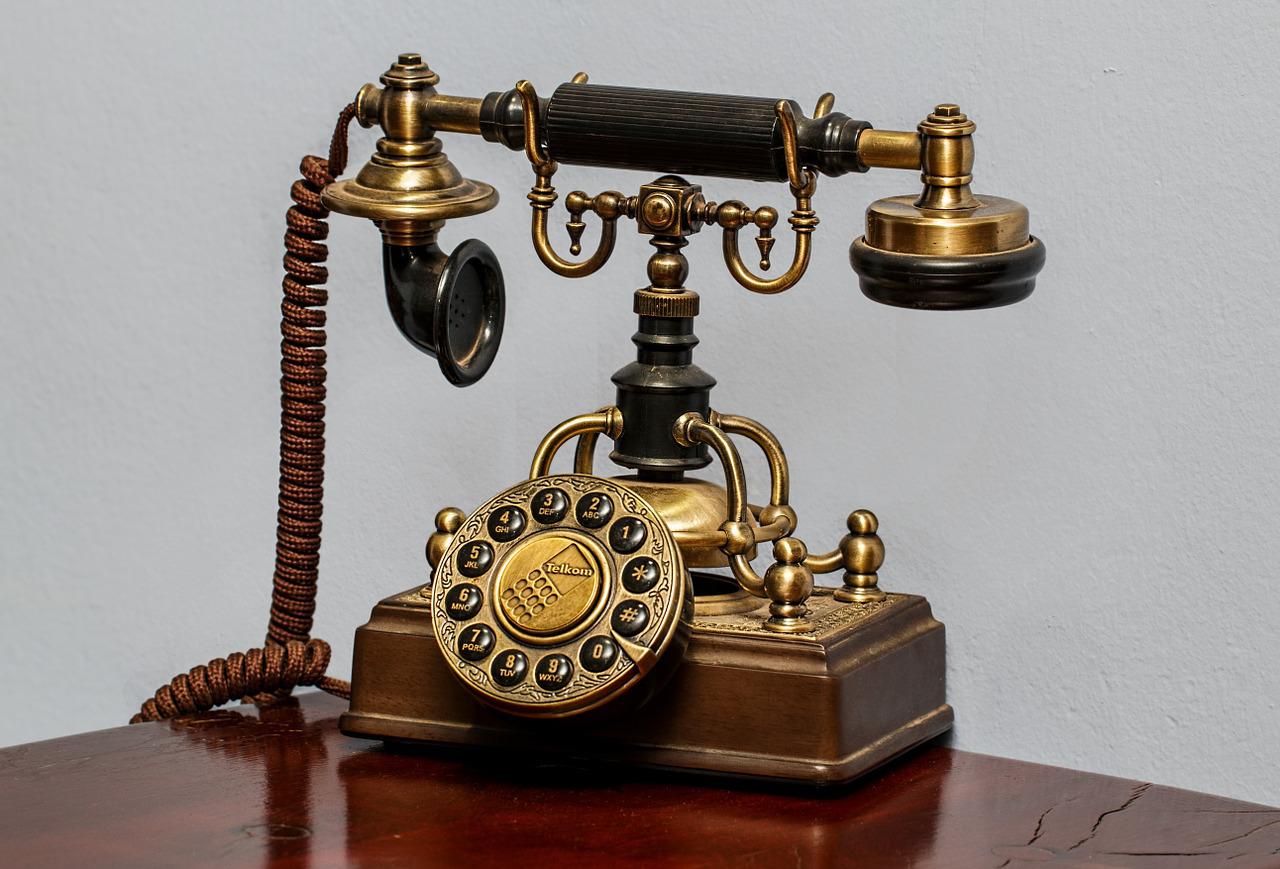
3. James Goodfellow – Automated teller machine (1966)
James Goodfellow invented the automated teller machine (ATM) with a security pin system in 1966. Goodfellow, who was employed by Smiths Industries, eventually developed the system that uses a readable card along with a personal identification number, which is quite well known today. This service made it possible for locals to access their money after banks had closed. It was tremendously useful for the community’s economy. It’s one of the most influential Scottish inventions of the 20th century; there are tens of millions of ATM devices in use today.
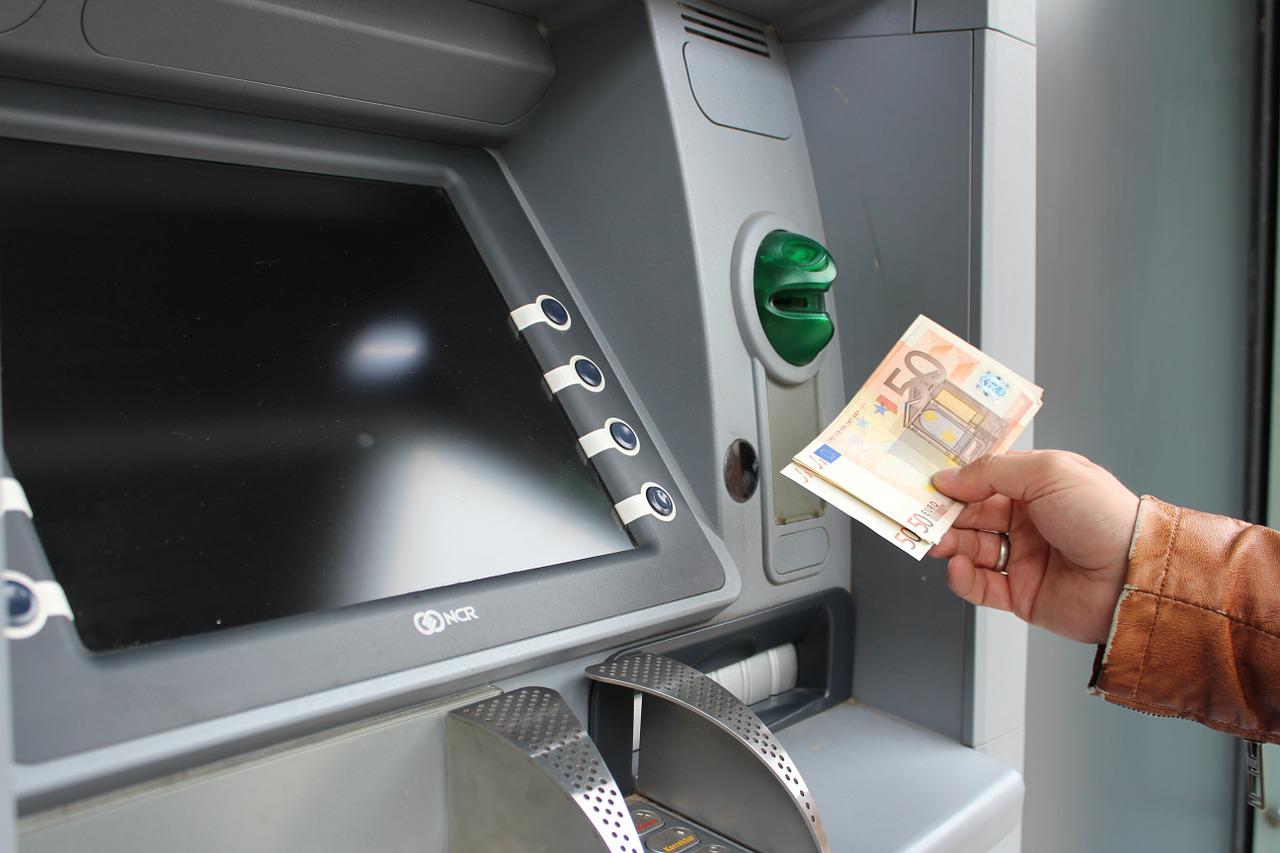
4. James Hutchison – Full body MRI scanner (1980)
James Hutchinson, PhD holder, created the first full-body MRI scanner in the history of medicine. A team from the University of Aberdeen made the discovery that led to the development of the MRI scanner. The first clinically helpful image of a patient’s interior tissues was acquired by the team in 1980. MRIs are now preferred over X-rays as a diagnostic tool since they are safer and better suited for imaging soft tissues. The miraculous MRI machine has made immeasurable contributions to our knowledge of the human body.
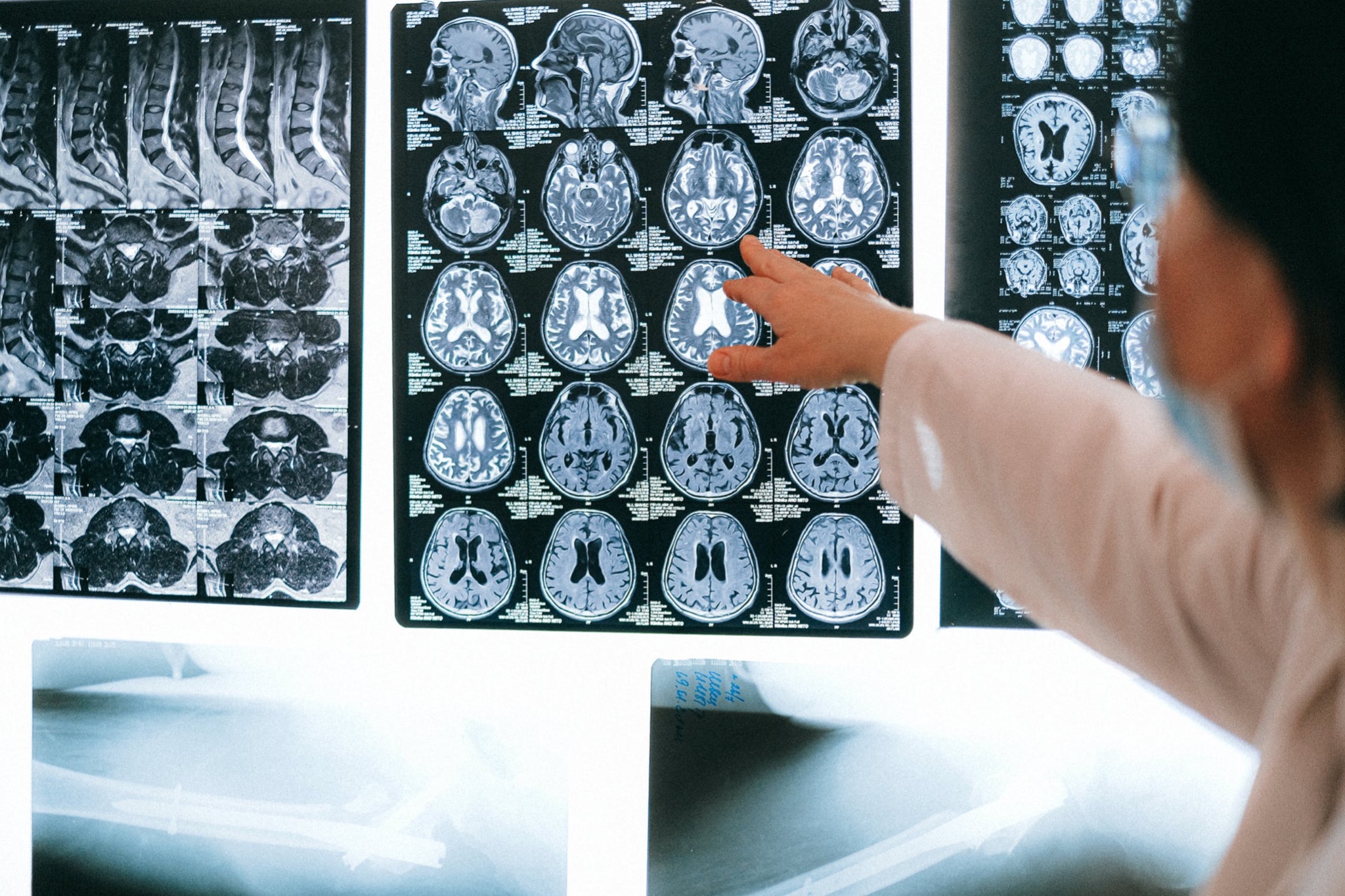
5. Alexander Fleming – Penicillin/Antibiotics (1928)
Sir Alexander Fleming was a Scottish physician and microbiologist best known for his discovery of penicillin, the world’s first widely useful antibiotic drug. It was discovered entirely by accident after he looked into the green mold that was developing on the food he had left in his lab and had contacted a live staphylococcus culture. However, oddly, the culture was not developing close to the mold. After William Wallace and Robert Burns, Fleming was classified as the third greatest Scot in 2009 and received the Nobel Prize. Penicillin, a medication made from mold, is very powerful against bacterial diseases. It must have saved millions of lives up to this point.
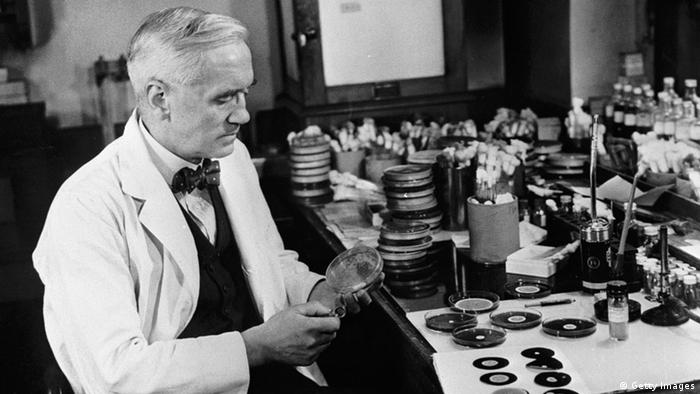
6. William Cullen – Modern refrigeration (1756)
Modern refrigeration was invented by Scottish physician and chemist William Cullen. In 1756, Cullen showed his rudimentary vacuum-creating apparatus in Edinburgh, using a pump to create a vacuum above a container of diethyl ether. It generated ice when it was boiled by absorbing heat from the surroundings. Its invention profoundly altered how people could store and move food around the planet. Unfortunately, at that time, it wasn’t clear how this gadget could be used in a way that was useful in everyday life. Nevertheless, it paved the way for later advancements and served as the foundation for contemporary refrigeration.

7. James Clerk Maxwell – Colour photography (1855)
The first color image was created by James Clerk Maxwell, who is regarded as the father of modern physics and is equally esteemed as Isaac Newton and Albert Einstein. In 1855, Maxwell popularized the “three-color system,” which employed the pure hues of green, red, and blue. The first color photograph (of a tartan ribbon) was the result of Maxwell’s work, and his theory still serves as the basis for the majority of modern color techniques.
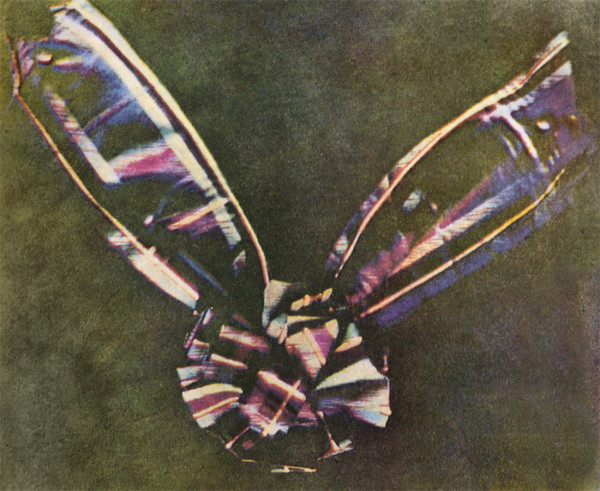
You must acknowledge that Scotland has made a tremendous contribution to the globe, which speaks highly of the Scottish educational system and the intelligence of its citizens. Scotland has made more contributions to human advancement than any other country, which has influenced how the world is today.
Find out more at Scotland.org
Munia Jamal is a freelance content writer and translator with 5 years of experience, working with different clients and agencies. She believes that content is nothing but showing your creativity through words. She can be contacted at muniaj99@gmail.com.
